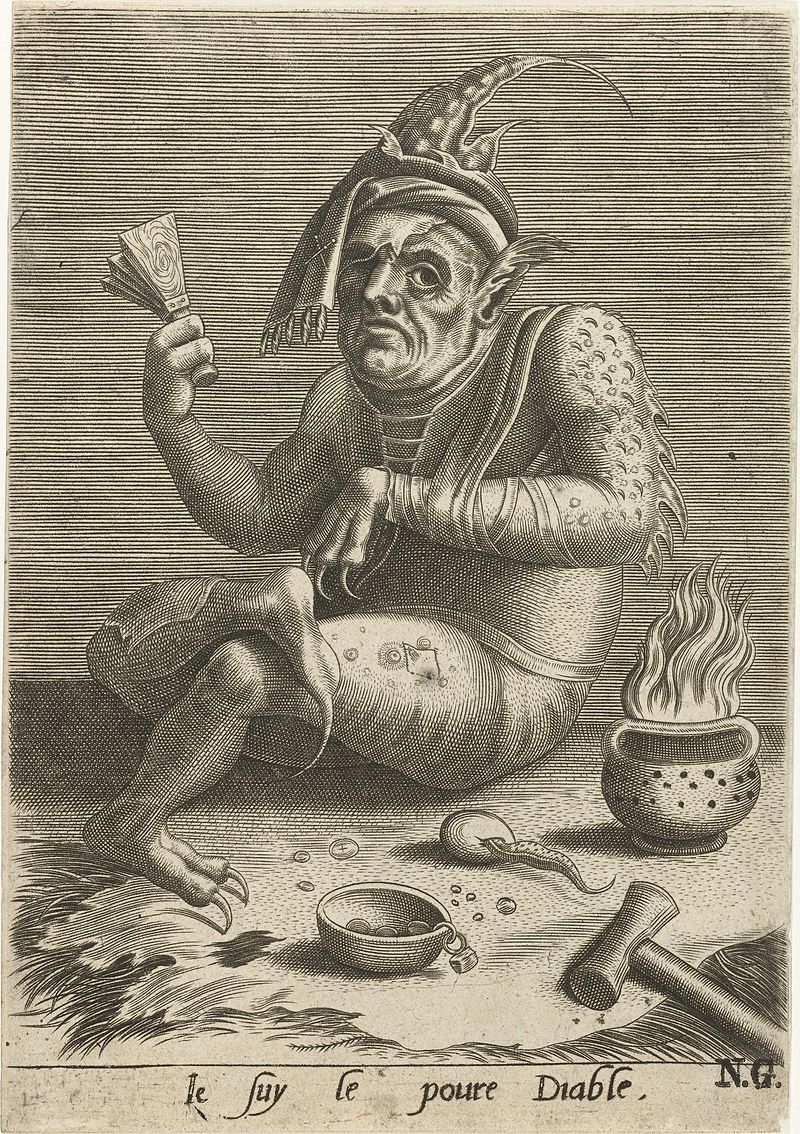Serenity
the settings are none too odd tonight
the night feels the same
the painting on the wall hasn’t moved
the doors haven’t creaked
the eagle’s babies asleep in their nest
the window hasn’t reflected a ghost
the walls are silent, the air is flaccid
there is a leper in my dream
brushing its body against mine
half his hand eaten by the white worm
all of tonight’s situation is peaceful
in my norm of disquiet serenity
only the sound of the cotton crushing
under my head,
as a weight takes over my arm
and wails sharply in my ear
the settings are none too odd tonight
the night feels the same
the painting on the wall hasn’t moved
the doors haven’t creaked
the eagle’s babies asleep in their nest
the window hasn’t reflected a ghost
the walls are silent, the air is flaccid
there is a leper in my dream
brushing its body against mine
half his hand eaten by the white worm
all of tonight’s situation is peaceful
in my norm of disquiet serenity
only the sound of the cotton crushing
under my head,
as a weight takes over my arm
and wails sharply in my ear

Ten Lepers -- James Christensen

[16th century]
Leprosy (Hansen's disease) is a long-term infection by the Mycobacterium leprae or Mycobacterium lepromatosis bacteria. Leprosy was once believed to be highly contagious and was treated (like syphillis, which was first described in 1530, and with which it has often been confused) with mercury. Gerhard Armauer Hansen's 1873 discovery of M. leprae was the first bacterium to be identified as causing disease in humans. Geneticists in 2005 traced four strains of M. leprae along human migration routes, confirming the spread of the disease along the migration, colonization, and slave trade routes taken from East Africa to India, from West Africa to the Americas, and back and forth between Africa and Europe.The disease takes its name from the Latin word "lepra" (scaly). Though in fact not very contagious (probably through a cough or contact with fluid from the nose of an infected person), people with the disease have suffered from extreme social stigma for thousands of years, often being isolated in leper colonies. Skeletal remains from the 2nd millennium BCE at Balathal, in Rajasthan, northwest India, are the oldest documented evidence for leprosy, and it was mentioned in the "Atharva Veda" (ca. 2000 BCE), while the "Laws of Manu" (ca. 1500 BCE) prohibited contact and punished marriage to lepers. Hippocrates discussed the disease in 460 BCE. Based on Leviticus 13: 44-46, Jews and Christians regarded leprosy as a moral consequence, and in the 7th century pope Gregorius I and St. Isidor of Sevilla (Isidorus Hispalensis) regarded lepers as heretics. They were often required to wear clothing that identified them as lepers or to carry a bell announcing their presence. The third Lateran Council (1179) expelled them from city limits.
ReplyDeleteNorway was the first country to take a progressive approach: In 1832, Dr. JJ Hjort conducted the first leprosy survey, thus establishing a basis for epidemiological surveys, Daniel Cornelius Danielssen and Carl Wilhelm Boeck undertook extensive research but wrongly concluded that it was hereditary, and eventually Hansen discovered M. leprae. In 1846, Francis Adams produced The "Seven Books of Paulus Aegineta," which included a commentary on all medical and surgical knowledge and descriptions and remedies from Greek, Roman, and Arab sources. After surgeon-Major Henry Vandyke Carter witnessed Norwegian treatment methods, British India enacted the Leprosy Act of 1898 which institutionalized those affected and segregated them by gender to prevent reproduction; it was difficult to enforce and was repealed in 1983 after effective therapy had become widely available. Initially, infections are without symptoms and typically remain this way for 5 to 20 years, but when they develop they result in granulomas of the nerves, respiratory tract, skin, and eyes, which may result in a lack of ability to feel pain. Since the body's defenses are compromised by the primary disease, secondary infections may result in tissue loss, causing fingers and toes to become shortened and deformed as cartilage is absorbed into the body. Weakness and poor eyesight are also common. Skin lesions (light or dark patches) are the primary external sign. Symptoms include thickening of peripheral nerves, runny nose, dry scalp, flat nose due to destruction of nasal cartilage, phonation and resonation of sound during speech, testical atrophy and resulting impotence, and reddish or smooth, shiny, diffuse thickening of facial skin, ear, and hand. The disease is curable; the first effective treatment (promin) became available in the 1940s, dapsone was introduced in the 1950s, and clofazimine and rifampicin began to be used in the 1960s and 1970s. Shantaram Yawalkar and his colleagues formulated a combined therapy using rifampicin and dapsone; treatment of milder cases may take six months of using dapsone and rifampicin, while more severe cases may require a year of taking those two drugs plus clofazimine. Patients are generally no longer infectious after the first month of therapy. As late as the 1980s there were some 5.2 million chronic cases, but that number has fallen to about 189,000 (with half of the new cases occurring in India).
ReplyDelete